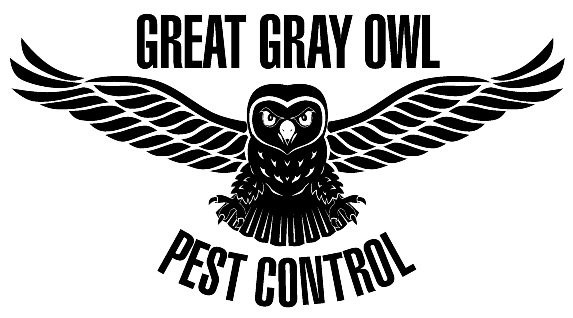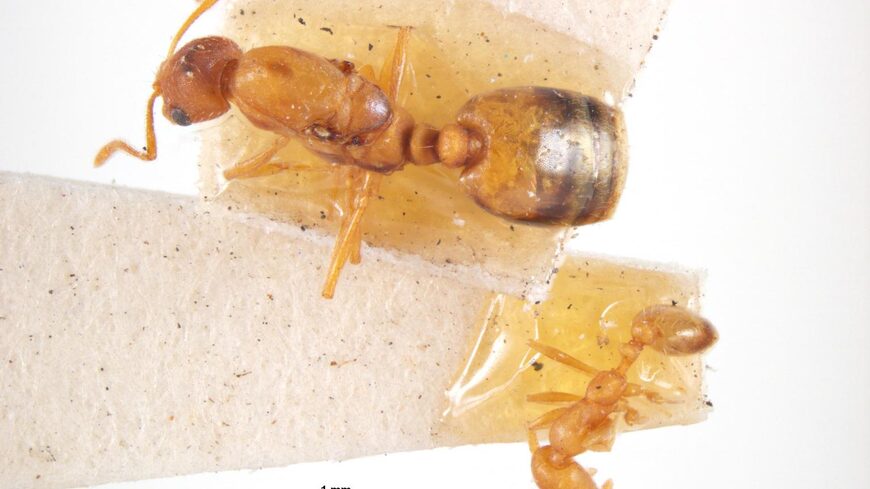Monomorium pharaonis (Linnaeus) Pharaoh ant photo below and in the slideshow on this page are courtesy of Pest and Diseases Image Library, Bugwood.org
Pharaoh ants are light yellow to red in color and from 1.5 to 2 mm long. Found throughout North America, they are distinguished from the thief ant by the presence of three segments in the antennial club. Pharaoh ants are one of the most important ant pests in homes due to its small size and ability to infest almost anything, and its broad range of food preferences including: syrups, fruit juices, jellies, cakes, pies, greases, dead insects and meats.It is predacious on many insects and has been found in large numbers in hospitals where it feeds on open wounds. Pharaoh ants are also common in hotels, large apartment buildings, grocery stores and other places where food is handled commercially.
Nests are found between walls, under floors, above ceilings, behind baseboards, in old trash, or outside in gardens and along walks. They do like to nest in warm places near furnaces, heat ducts and hot water pipes. The nests are frequently very difficult to find since the ants range widely from them, usually over established trails which can be seen along window sills and baseboards.
Pharaoh ants are very persistent and difficult to control. They have the faculty for suddenly appearing in various places within the house and getting into everything. Its nature of being scattered about and in well-protected areas leads to the difficulties in controlling this major pest.
Colonies may be very large with up to 300,000 individuals and many queens. The mature sexual forms are winged and they mate and go through the usual life cycle. Mating occurs in the nest throughout the year. New colonies are formed when a group of queens and workers split from the mother colony. Swarms are never seen.
Life Cyle
- metamorphosis complete
- queen may lay up to 300 eggs
- eggs hatch in aproximately 7 days
- larval stge lasts about 18 days
- pupal stage lasts about 9 days




